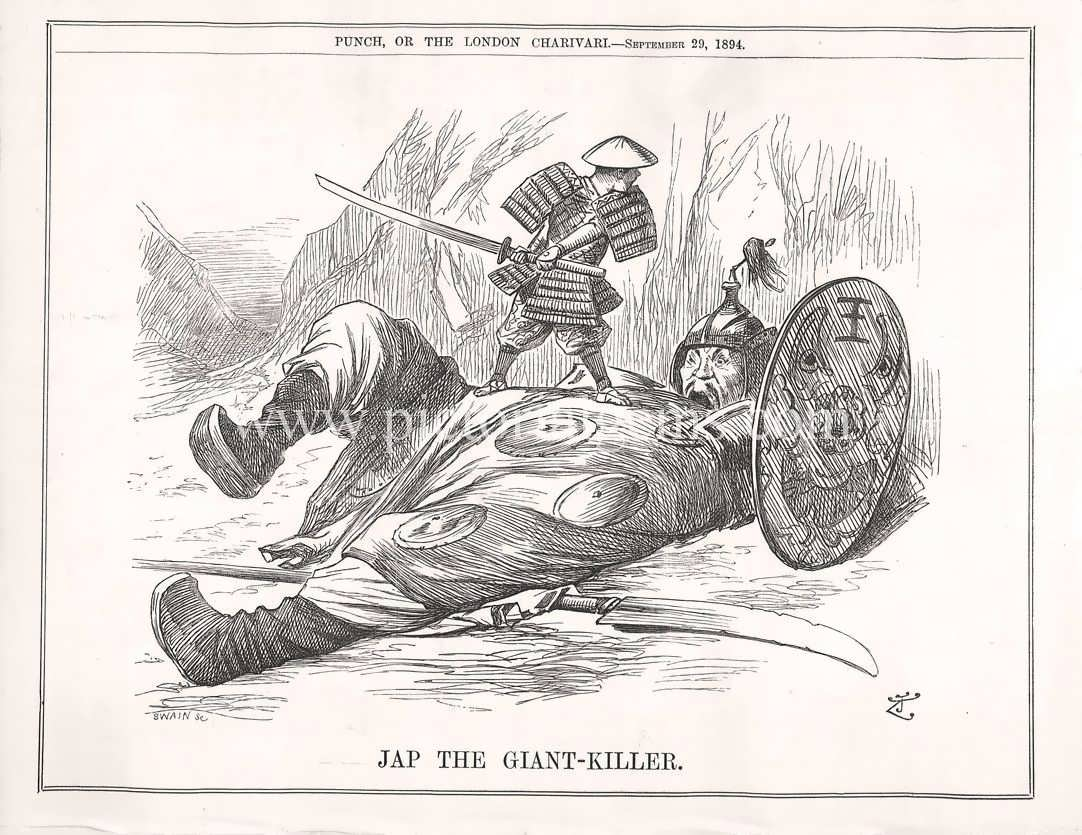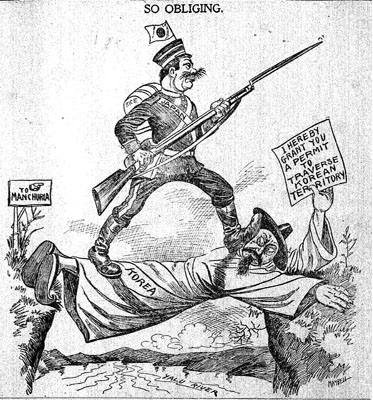Japanese Response to Imperialism, Industrialization & Meiji Restoration
Part 1 of 2: Read the background information on Japanese Response to Imperialism, Industrialization and the Meji Restoration.
Like the countries in South Asia, Southeast Asia and Africa, the nations of the Far East (east Asia) faced a growing challenge from the military superiority of the West in the nineteenth and early twentieth century.
The Tokugawa shogunate had ruled Japan for two centuries and implemented an isolationist foreign policy to cut off the island nation to foreigners. Below is a painting that depicts the landing of American Commodore Matthew Perry in Edo (now Tokyo) Bay at Yokahama in 1854. The Japanese soon agreed to the Treaty of Kanagawa, which opened two ports to American trade. Similar trade agreements were soon signed by Japan with several European nations.
Many in Japan resented the government’s new foreign policies. In fact, they supported the overthrow of the government in 1868 and brought to power Emperor Mutsuhito who called his reign the Meiji (Enlightened) Restoration. It was during his reign that Japan was transformed into a modern industrial and military power. The Japanese came to realize that the Western powers had acquired colonies with sources of raw materials, inexpensive labor and markets for manufactured goods. To compete, Japan would have to expand, as well.
Japan soon forced Korea to open its ports to trade, causing tension with China, which had long controlled Korea. In the resulting Sino-Japanese War of 1894, Japan proved victorious. As a result, China ceded Taiwan to Japan. Japan’s activity in Korea also infuriated the Russians. Ultimately, the two nations also went to war. Japan humiliated Russia in the Russo-Japanese War (1904-1905), proving it had become one of the great powers. Although suspicious of Japan, the U.S. allowed Japan to annex Korea in 1910, in return for recognition of U.S. authority in the Philippines.
Part 2 of 2: Examine the images below and answer the questions that follow.
Painting 1:
- What impact did Perry’s landing have on Japan?
- Why did Perry’s Landing have the impact it did on Japan?
Political Cartoon
- What count is portrayed as the smaller warrior? Why?
- What country is portrayed as the larger warrior? Why?
- What event is this political cartoon commenting on?
ENRICHMENT ACTIVITY
Complete the questions below that refer to the political cartoon.
- Identify the two characters portrayed in this cartoon.
- Where is Japan going next in its search for colonies?
- How did Japan’s philosophy towards European imperialism differ from that of China?


